MM-2 versus M. (May 24, 2015)
There are two simple reasons why Leica (and the rest of the industry) have preferred the CMOS technology over the CCD technology, despite the view in the scientific community that CCD is the better choice. Argument one for the CMOS is the provision of Live View. Argument two (not unimportant) is the reduction of the production costs. CMOS production is per-sensor the cheaper option. Be as it may: we have to live with CMOS for the foreseeable future. That is why I cling to my M8.2 with some fanaticism. This camera has much more potential than the crowd-view in the Leica world dares to admit.
The comparison between the MM-2 and the M starts with the ISO200 image, made with the M. The Siemens star is the object this time because it shows very fine detail and the effects of moiré. Enlargement is 200% and raw developer is Iridient (that has as its core engine DCRAW). The MM-2 has a basic sensitivity that is equivalent to ISO320, but I used Iso400 to match the M sensitivities. This comparison shows that the basic pattern between the M and MM-2 is identical (look at the spherical expanding pattern from the center bw-patch). The fine detail in the M image is disturbed by the color demosaicing that produces a softness around the central patch. It is in itself interesting that these patterns are only visible at big enlargements and will most probably not visible in print (but who makes prints these days?). The basic conclusion of a blurring at very fine structures however is still valid. The ISO400 picture of the M shows a very small degradation of image quality, but at ISO400 the M and MM-2 have the same relative position.
Sometimes it is claimed that there is no need for the MM because it is easy to convert the M-images to monochrom. I did this with the ISO 200 image and while there is a slight improvement, the overall result is still below that of a true monochrom (=Bayer-filter-less) image.
At ISO 800 the M-image shows a stronger moiré effect that produces a visually crisper image till the limit of resolution that is somewhat lower than that of the ISO 400 image. The MM-2 image however has the best definition at this speed-setting. There is some noise visible at the blurred edges of the spokes in the Siemens pattern, but this is negligible.
At ISO 1600 the image of the M has a larger size of the disc that shows the moiré pattern has increased and the noise is now visible at the edges and the MM-2 image starts to forge ahead. At ISO 3200 this conclusion does not change with the exception of the noise that has increased in both cases, but is more visible in the M-image. In any case this speed-setting is quite useable in practical picture taking.
At ISO 6400 the M-image shows a clearly visible jump in noise over the whole image area and a significant blurring of the center patch, whereas the MM-2 image is quite useable, but with a quite blurred edges of the spokes and some softness in the central disc. The MM-2 at ISO 10000 is at the limit of practical usability, where the M has its limit at ISO 3200. The MM-2 then has an advantage of one and a half stop compared to the M and overall shows better definition and lower noise in the important speed-setting range from ISO 800 to ISO 3200.
The pictures
M 200
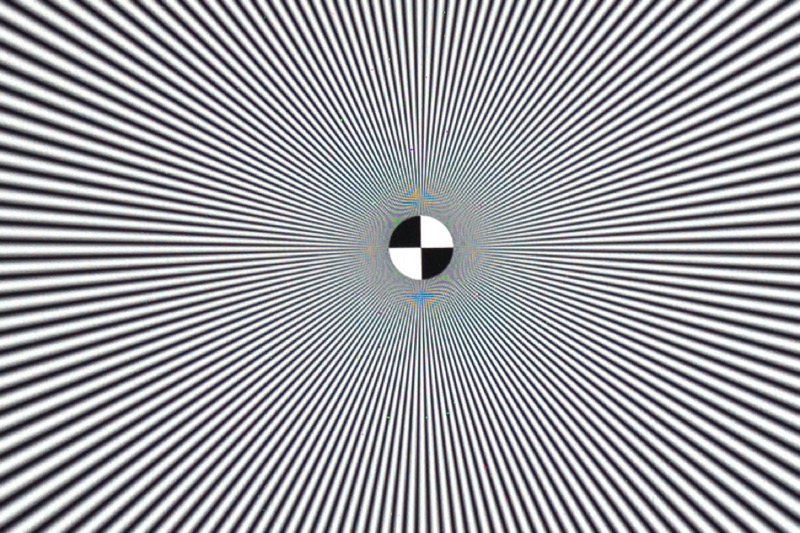
M 200 mono
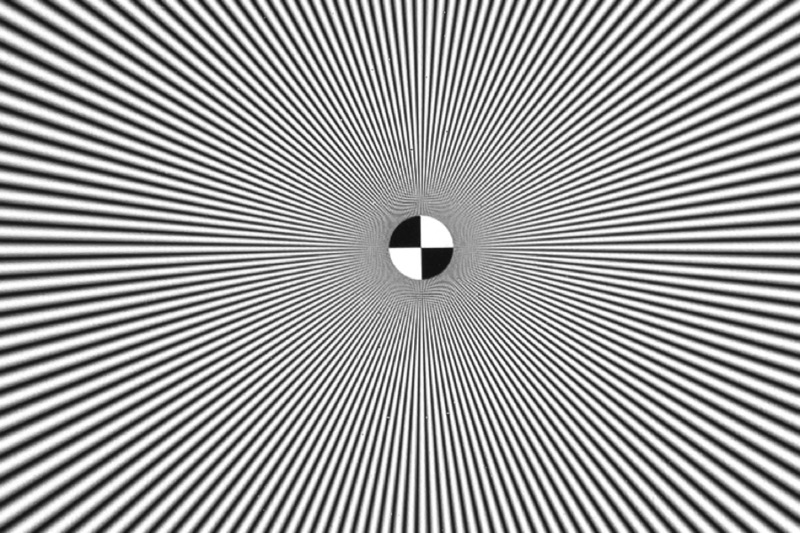
M 400
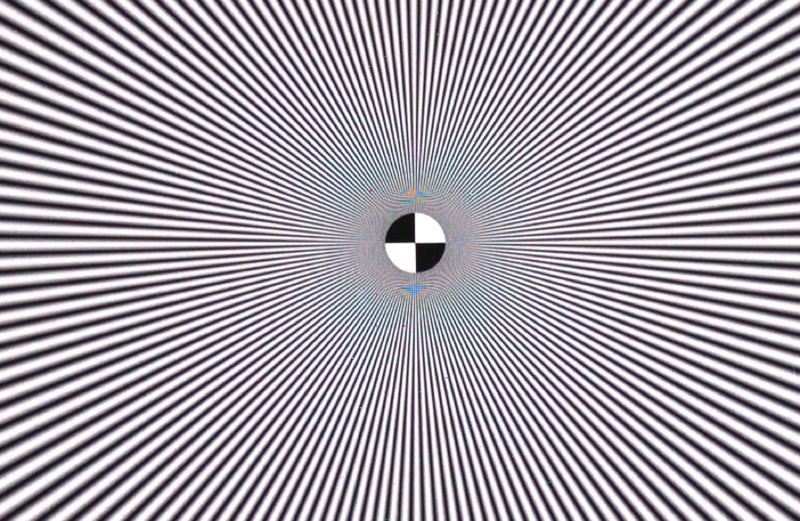
MM-2 400
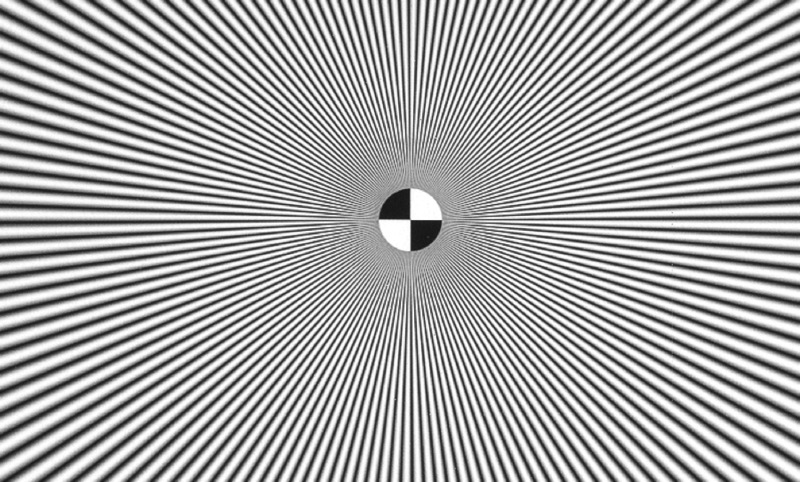
M 800
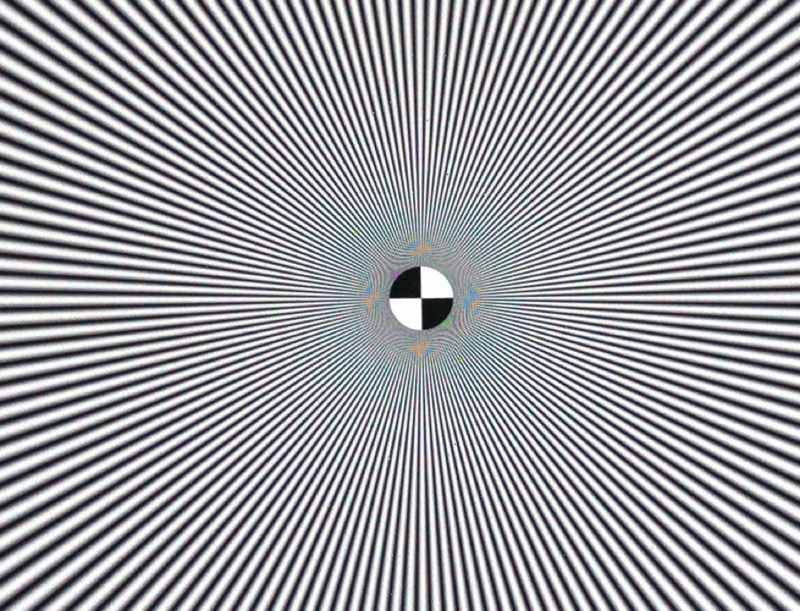
MM-2 800
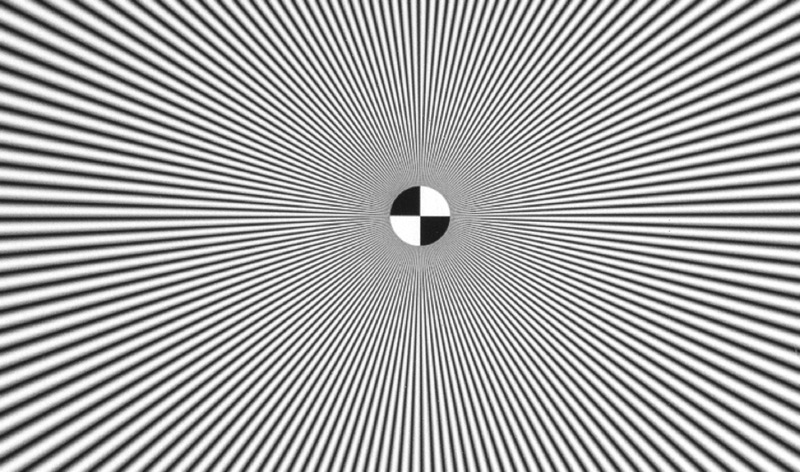
M 1600
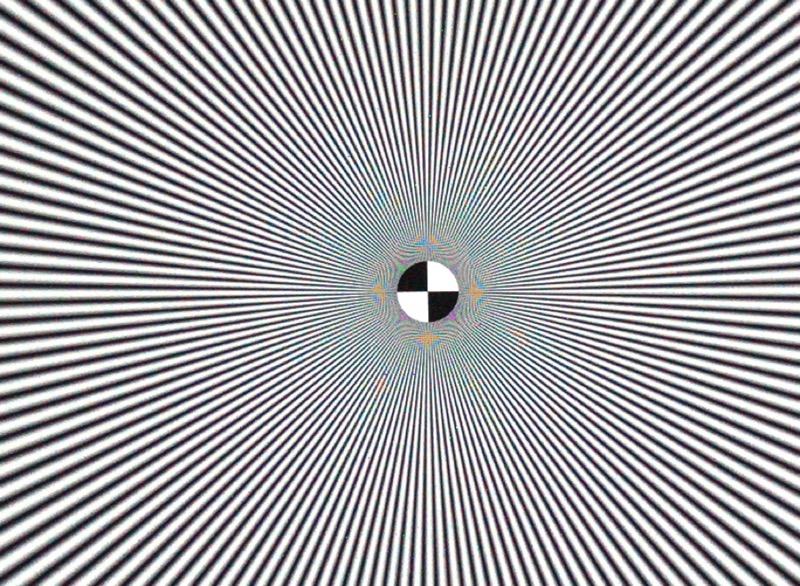
MM-2 1600
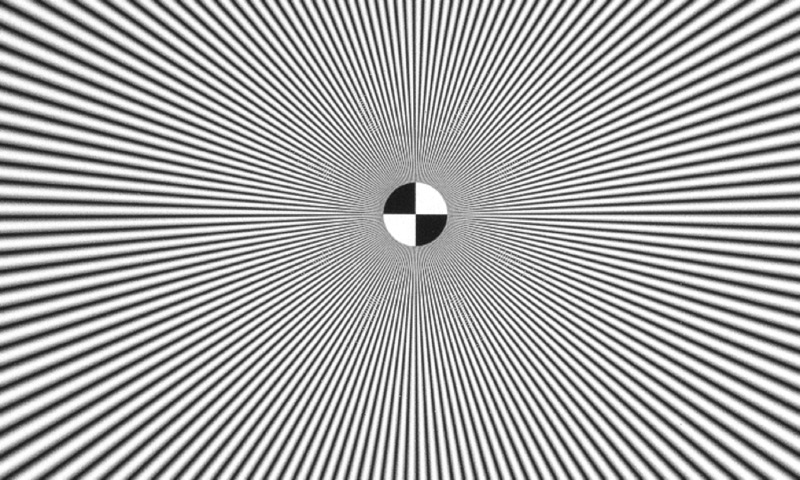
M 3200
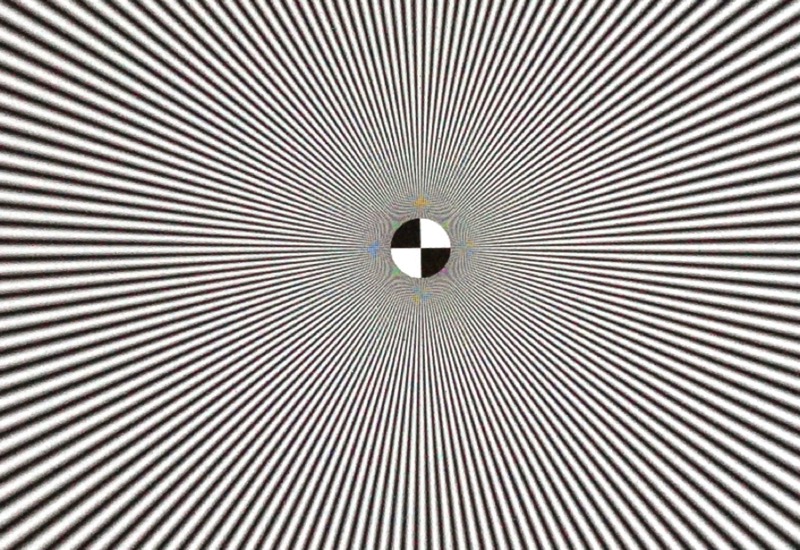
MM-2 3200
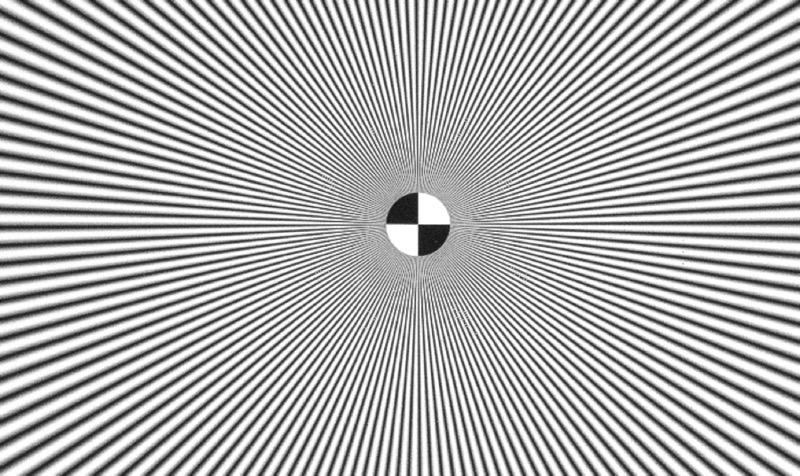
M 6400
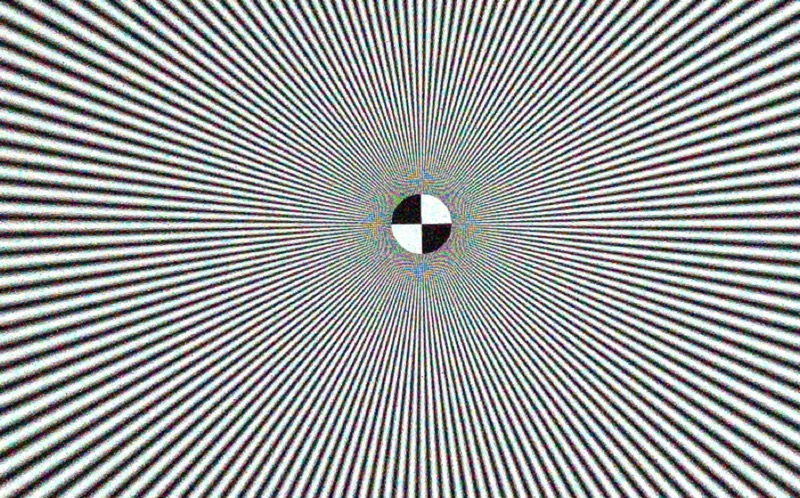
MM-2 6400
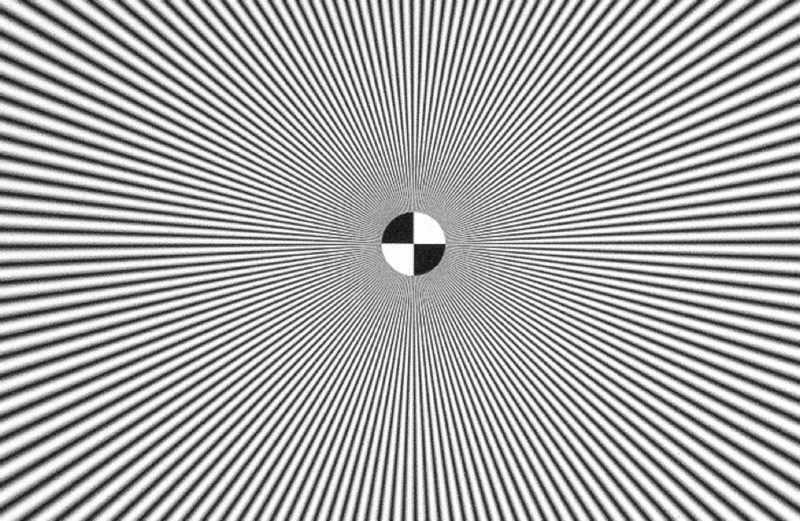
MM-2 10000
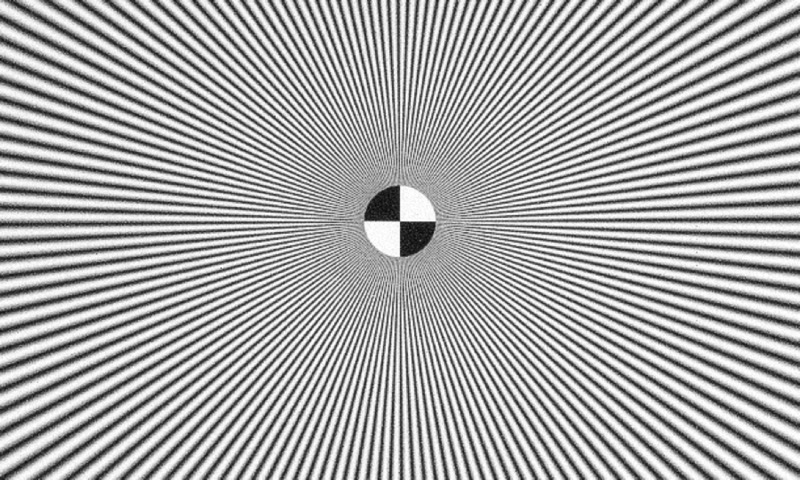
The next installment will look at the tonal scales and the use of the notorious rule of exposure to the right (of the histogram) in relation with the 12bit/14bit discussion.
Please note! I always use a test configuration with low ambient light to create the worst possible situation for detail contrast. A very bright scene with clear sun illuminating the scene provides the camera with a high contrast object that might be too positive and not representative of picture taking in low contrast situations. My setting implies that the lower ISO values need a slower shutter speed than the high ISO settings. Therefore I use a sturdy tripod and the 12 second self timer. Even then there seems to be some vibration and this explains the differences in resolution of fine detail that an be noted in some situations. This also supports the classical warning that handheld shooting will always degrade the image and the often given rule that the lowest shutter speed is the reciprocal of the focal length of the lens on the camera is plain wrong. The minimum shutter speed for the recording of really fine detail is 1/250 or faster. Inevitably there will be some photographers who claim tack-sharp pictures at shutter speeds of 1/15 or even 1/8 0f a second, but ‘tack-sharp’ is a visual/psychological category and there exists in this respect a wide margin of interpretation